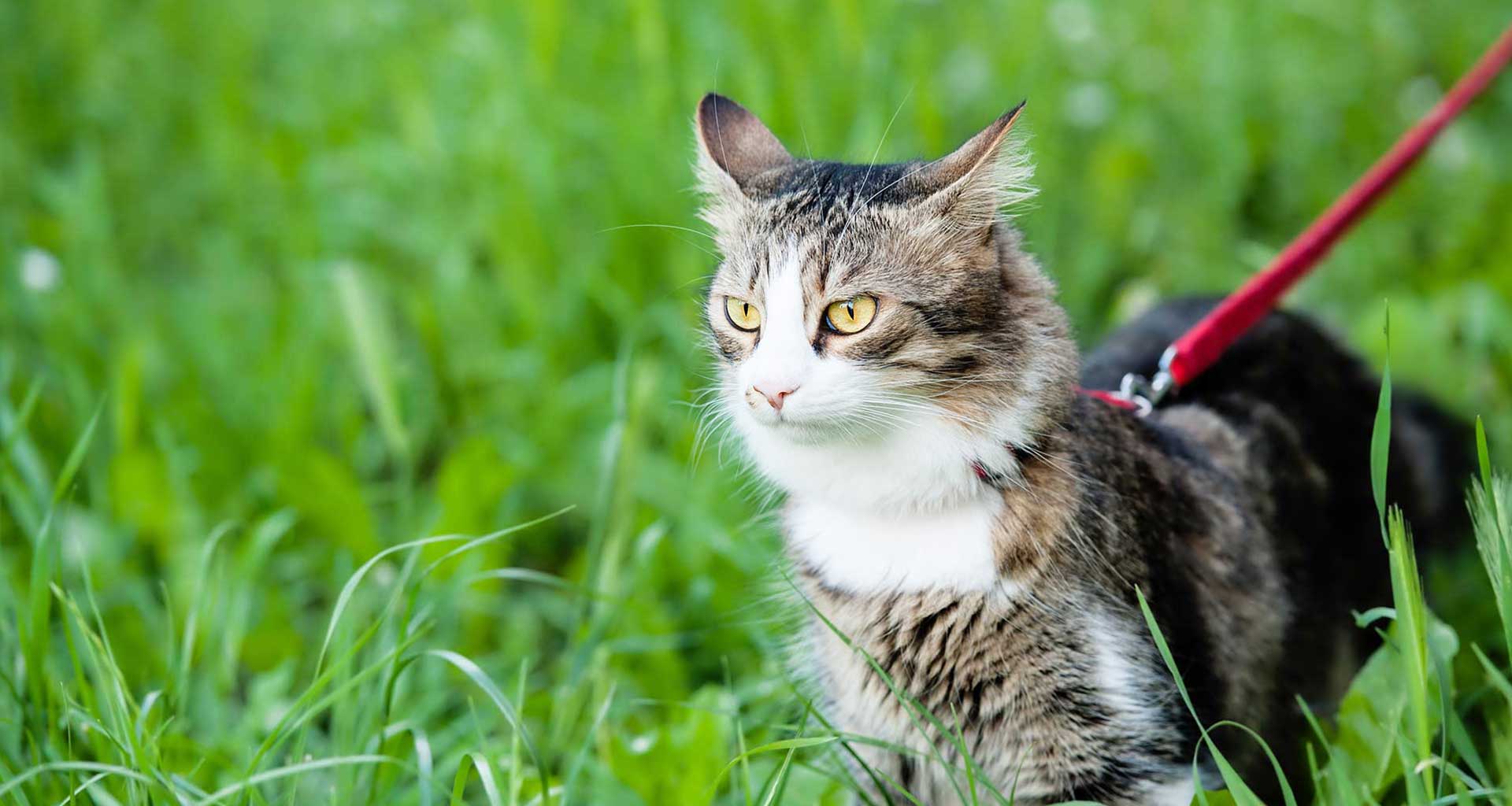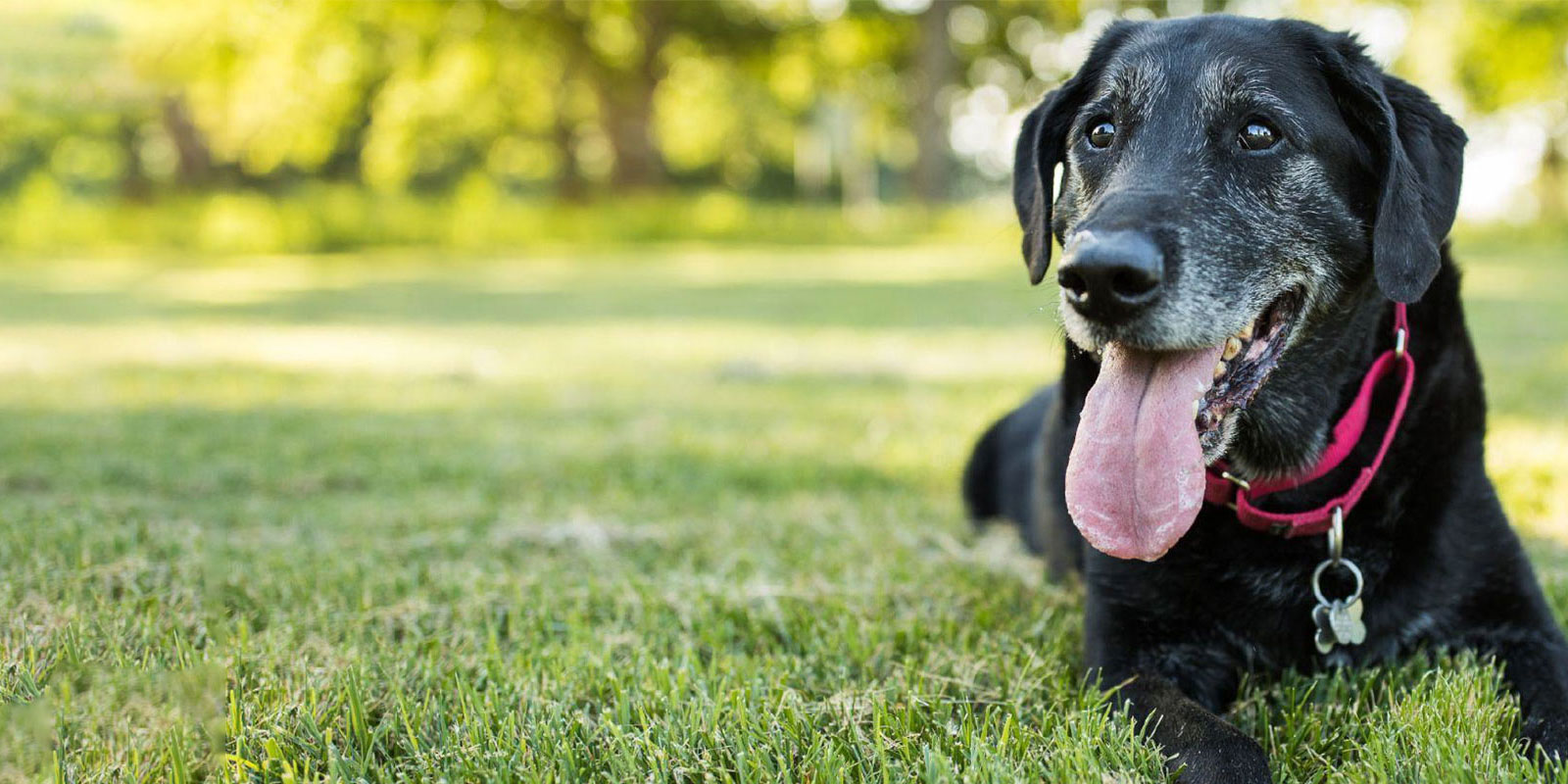Gardening season? More like grass seed season for our furry family members. There is a wonderfully warm feeling we all experience when we are outside in the beautiful sunshine, smelling some freshly cut grass and walking around the neighbourhood. Particularly in the spring and summer months, there is an increase in grass seed inflicted problems. While the notion of grass seeds does not sound threatening, these small horrors can attach to your pet’s fur and quickly travel into their skin and beyond. Once they have entered the skin, they can penetrate your pet’s body and cause detrimental damage, including infection and in serious cases, fatality. There are a few things we need to be aware of when it comes to these deceivingly small dangers!
The seeds to keep a particularly careful eye out for are shaped like small darts and found at the end of grass heads. Due to their very sharp point and long tail, they can easily attach to your pet and migrate through their body. Some can travel many inches, reaching the animal’s internal organs if they are not removed immediately. The most common places that grass seeds are found include your pet’s eye/eyelids, toes, coat/skin, ears, nose and prepuce (male anatomical part closest to the ground!). If a grass seed contacts your pet’s body, you may shortly see redness and inflammation around the area, and possibly pus. A change in their behaviour may be observed. Infection will likely develop within hours and the area will become painful to touch.
The symptoms to look out for depend on the location of the grass seed.
Symptoms
Eyes
A seed between the eye and the eyelid may cause the area to become red and inflamed, sometimes with discharge or tears. An ulcer of the cornea could result and possibly lead to vision loss.
Symptoms: Redness, swelling, tears, rubbing the eye and discharge.
Long-term effects: Loss of eyesight or surgery to remove the eye.
Hair
There may not be any signs of problems if a grass seed has attached to their coat.
Symptoms: Matted hair.
Long-term effects: Possibility of the grass seed entering their body.
Ears
A seed can enter the ear canal and irritate your pet.
Symptoms: Rubbing or scratching ear, redness, shaking head or keeping their head at a tilted angle.
Long-term effects: Ear infection, ruptured eardrum, hearing loss and possible advancement of infection into the inner ear associated with the balance apparatus.
Nose
As you would expect, having a seed lodged in their nose will cause intense irritation, resulting in sneezing and pawing at the area. Furthermore, grass seeds can also enter their lungs through the nasal cavity and cause a range of other problems to develop.
Symptoms: Sneezing, nasal discharge, pawing nose, difficulty breathing.
Long-term effects: Pain, internal tissue damage, airway blockage and lung infection.
Paws
If a seed becomes stuck in your pet’s paw, you will quickly notice a change in the way they walk.
Symptoms: Redness, inflammation, limping and licking of paws.
Long-term effects: The seed can become lodged in joints, tendons or ligaments.
Lungs and other organs
Seeds can be inhaled or migrate from the skin into the chest and enter the lung. Once they enter these parts of the body, the situation can become very serious and create life-threatening abscesses. There is the possibility of penetration into the abdominal organs.
Symptoms: Loss of appetite, high temperature, vomiting or difficulty breathing.
Long-term effects: Internal tissue damage, permanent internal impairment and surgery to remove the seed.
Skin
Once grass seeds attach to the skin of your pet, there are a range of different effects that can occur. A pet may chew at an area where seeds have become attached on the skin, and the following may occur:
- Your pet is able to successfully remove the seeds.
- The seeds become attached to the gums, tongue, and mouth.
- The seeds are swallowed. If swallowed, they may stick to the back of their throat near the tonsils. This will cause inflammation and swelling. Pets with seeds in this area may cough, retch, or gag, and have difficulty eating and swallowing.
- The seeds burrow deeper into the skin. If this occurs, swelling, abscesses, and open draining sores may result.
Protecting your pet
There are some ways that you can protect your pet from these sneaky seeds. You can:
- Be particularly vigilant if you have a long-haired breed or working breed of dog. These are most at risk of picking up a grass seed.
- Prevent your pet from areas of tall grass. Be careful in reserves and paddocks.
- Ensure all grooming is up to date and that long-hair is clipped. You can also check out protective vests that your pet can wear outside.
- After walksies, take some time to groom your pet and remove any seeds. Focus carefully on their toes, ears and armpits.
- Try to stay on top of mowing your own yard every few weeks, as this often is where your pet will pick up their seeds.
You can try to remove the seed with tweezers, if you are unsuccessful, call the clinic immediately. This is because the seed will bury deeper and become harder to remove. Often once it is lodged or difficult to find, surgery will be required. Especially if there is a possibility there is more than one grass seed effecting your pet. Antibiotics are then essential and can be vital for long periods of time to fight off the infections that develop.


